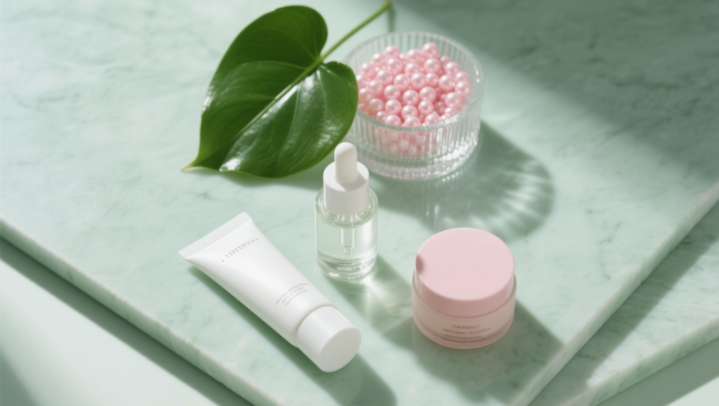2025-04-11
The functional skincare market is booming, projected to hit $52.3B by 2025 as consumers prioritize science-backed, results-driven solutions. This article explores key trends: AI-powered personalization, bioactive ingredients (retinol, niacinamide), and clean, sustainable formulations. Discover how brands balance efficacy, affordability, and compliance with evolving regulations. Ideal for industry professionals and ingredient-conscious consumers, it highlights post-pandemic focus on skin health and the "skin-care nerd" culture driving demand for transparent, clinical-grade products reshaping the sector.
Details
Functional skincare—products with clinically proven ingredients like retinol, niacinamide, and hyaluronic acid—is experiencing explosive growth. The global market, valued at $32 billion in 2023, is projected to reach **$52.3 billion by 2025** (Grand View Research), driven by a shift toward science-backed, results-driven solutions. Over 70% of millennials and Gen Z now prioritize transparent ingredient lists, according to McKinsey, signaling a move from “beauty as luxury” to “skincare as health.”
-
The Rise of Ingredient-Conscious Consumers
Social media has birthed a “skin-care nerd” culture, where influencers dissect clinical studies and ingredient efficacy. Brands like The Ordinary democratized high-potency actives (e.g., their $10 niacinamide serum sold 1 million units monthly), while luxury players like Skinceuticals (CEF Vitamin C Serum, backed by 20 years of research) justify premiums through scientific credibility.
-
Personalization Through Technology
AI and data analytics are tailoring products to individual needs: L’Oréal’s Perso device creates bespoke serums, and Clinique’s algorithm-driven moisturizers reduce returns by 40% by targeting unique skin microbiomes. Post-pandemic, demand for barrier-repair products (e.g., La Roche-Posay’s Cicaplast Balm) surged 65%, reflecting a focus on skin resilience.
-
Clean Science & Sustainability
“Clean beauty” evolves into “clean science,” with brands like Biossance using sugarcane-derived squalane and Youth to the People eliminating 1,300+ banned EU ingredients. Sustainability also matters: 45% of consumers pay more for eco-friendly packaging (Nielsen, 2024), driving innovations like Drunk Elephant’s recyclable aluminum bottles.
-
Bioactives & Delivery Innovations
Fermentation and nanotechnology enhance efficacy: Biossance’s squalane offers superior hydration, while Estée Lauder’s liposomal retinol minimizes irritation, achieving 92% satisfaction in trials. These technologies bridge potency and safety, critical for sensitive skin markets.
-
Dermatologist Collaboration
Brands like CeraVe (developed with dermatologists) dominate by blending medical expertise with accessibility, hitting $1.2 billion in sales in 2023. This model builds trust in an industry where 60% of consumers struggle with ingredient interactions.
-
Balancing Efficacy and Affordability
While luxury brands lead in innovation, drugstore lines like The Inkey List ($20 serums with 5% benzoyl peroxide) capture 25% of the mass market, proving demand spans price points.
-
Educating the Consumer
Complex ingredient science (e.g., retinol + vitamin C risks) creates a need for education. Brands like Paula’s Choice reduce returns by 35% through personalized consultations, turning confusion into loyalty.
-
The Future: From Niche to Mainstream
By 2030, functional skincare could account for 40% of the beauty market, driven by:
-
AI-Powered Customization (e.g., P&G’s Opté device targeting hyperpigmentation)
-
Holistic Wellness Integration (adaptogens and nootropics merging skincare with mental health)
-
Regulatory Compliance (EU bans on 1,328 ingredients pushing clean formulations)

